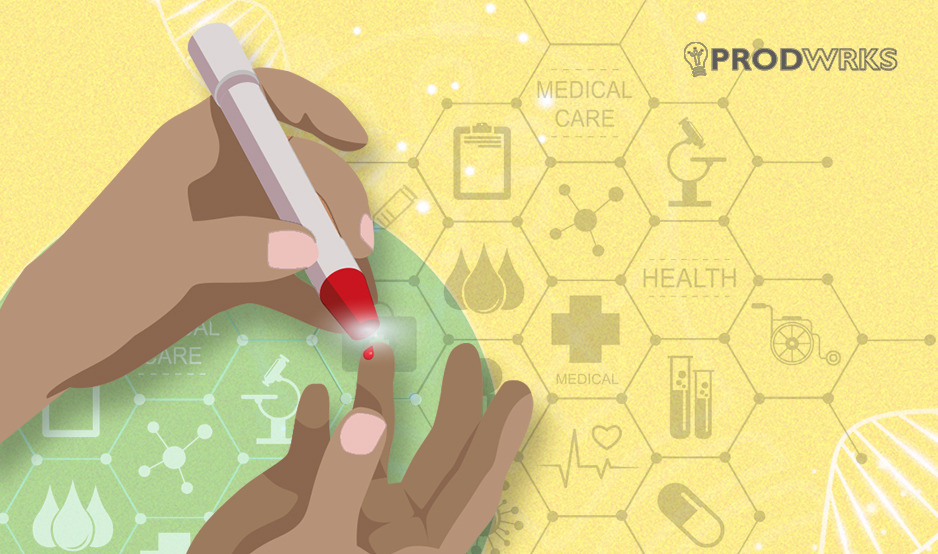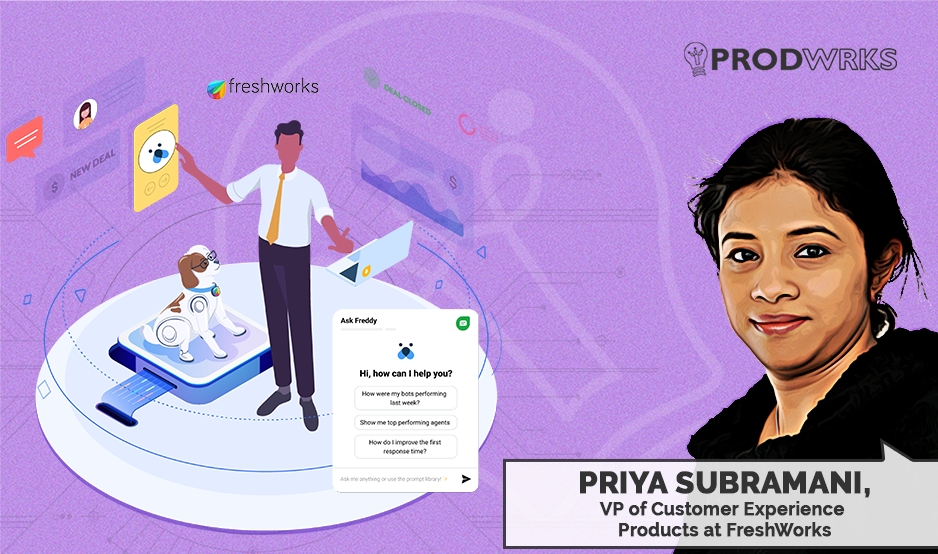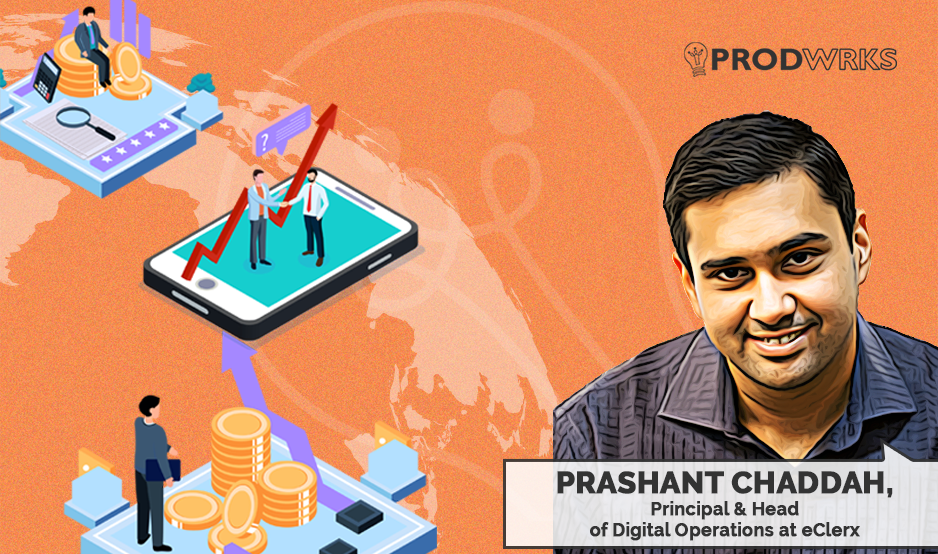
The author of this article, Murugesapandian, is the CTO of Siam Computing.
This passion spurred me to participate in the MIT Hacking Medicine – Grand Hack 2023, where I won the Best AI/ML Solution award. I’ve penned down my takeaways from the event, where I explored the untapped potential of incorporating technology in the healthcare space to design a solution that could improve the quality of life of people suffering from diabetic foot ulcers.
I hope my learnings would help others reading this article to design better and more practical healthcare solutions that put users first and have a positive impact on people.


The Challenge
The event was a coming together of experts and visionaries from various domains to solve problems in healthcare through healthcare innovation. Over 60 participants, divided into 14 diverse teams, had to develop innovative solutions to combat diabetic foot ulcers. Of all the lower extremity amputations in persons with diabetes, 85% are preceded by a foot ulcer. It is estimated that every 20 seconds, a lower limb is amputated due to complications of diabetes.
The alarming nature of this problem is bound to increase in India, given the growing number of diabetic or prediabetic people. With our country being the diabetes capital of the world, I cannot stress more on the need for caution and timely action to prevent this crisis. And it is here that I draw attention to the role of technology.
Thought technology in itself cannot cure a disease. Still, it can help prevent adverse outcomes of diseases and make quality healthcare services accessible to the ones in need, and thereby reduce the pressure on our healthcare systems.
All said and done, our diverse team still had to develop a solution that was innovative, rational, and impactful with a sustainable business model. Together, we envisioned DiaQR, a scalable solution for the prevention, management, and control of diabetic foot ulcers.
The Solution - DiaQR
We envisioned DiaQR as an AI-based solution that can help spread awareness of diabetes and help achieve early detection to prevent fatal outcomes. It is a unique monitoring device with a wellness and education kit. It uses conversational AI to identify low-risk and high-risk patients based on a list of questions fed into it by a medical expert. This data can then be taken to doctors, the ultimate decision-makers for recommending the course of treatment.
The DiaQR kit has a DiaPen, a three-in-one lancet, a laser light, and a camera. It can help collect blood sugar levels and feed them into the app. It can also help identify the bacterial growth in the wound. The sensor lights in this device can help examine the wound, the camera snapshot of which can be fed into the AI algorithm to get the percentage of microbial growth.
Based on this data, the patients needing immediate attention can be identified easily. This will help reduce the burden on our medical system by eliminating the need for doctors to sift through lakhs and crores of patients to identify the ones needing immediate attention.
The conversational and image-processing AI will also reduce the time doctors spend on physical verification to diagnose the exact stage of the disease. However, the use of AI in this solution is limited to taking the necessary details to the doctors will take the final call of action.
Data collation through ABHA integration (Ayushman Bharat Health Account – a unique health identification number for every patient) will eliminate the need for a separate system for each doctor. Every new doctor in the patient’s recovery journey can easily retrieve data through this integration, irrespective of the patient’s association with any hospital.
Foundational Principles That Helped Us Win the Hackathon
Arriving at this solution was a strenuous but fulfilling exercise as a tech enthusiast looking to solve problems and engineer possibilities for the betterment of society. Let me walk you through it and show you the foundational principles that guided me to create an award winning solution.
Falling in love with the problem
It is an absolute must for me to get a 360-degree understanding of the problem before I even think about its solution. To fully understand the problem, we created user personas and our guiding storyboard. We also collected first-hand insights from all available stakeholders around this problem, namely, doctors and medical students, NGO workers, and strategists.
Consolidating these inputs made us sense the absence of measures for early detection and prevention of this fatal disease and the alarming lack of accessible information to recognize it in the first place. We were now ready to dive into solving this for people who needed it the most.
User first approach
The need for awareness and the lack of easy access to information to recognize early signs of the disease was nowhere more apparent than in the rural areas of our country, where tech penetration in healthcare is missing. So, the actual challenge was to understand the problems of rural folks and propose a solution that speaks to them.
By taking the rural population as our users, the problems that they faced became apparent to us – not everyone had 24/7 access to smartphones, the question of stable network availability, and the overall lack of willingness to listen to any external authority, leave alone abiding by what they say and trusting them with such a critical aspect of their lives.
Viability of the solution
Unlearning and relearning is a way of life for me and central to what we do at Siam Computing. And this philosophy helped me here. After many product iterations, constant feedback from our mentors, and inputs from the collective genius of my team, we arrived at remote consultancy as the best way to reach the vast rural population and teleconsultation via local volunteers as the best means to build trust and reduce the burden on doctors.
These would also make our solution viable for public-private sectors and thus benefit all stakeholders involved in managing and treating diabetic foot ulcers. From the cost angle, the app, the Diakit, and the Diapen would be available on a subscription basis at a very affordable price for every patient.
Empathy - the only way to gain trust
Convinced of its viability, we now had to find ways to convince those it was made for. Here, we leveraged the established trust that rural folks have for local volunteers.
Regular camps with local medical volunteers collecting patient data and passing it on to doctors would eliminate the layer of distrust and skepticism to accept this new way of life. Besides, the solution also takes into account the caregivers’ journey, their patient independent identities, and their respective daily schedules.
It is but natural for a caregiver to sometimes miss an important date for a checkup or test. Taking this into account, we came up with a feature of an empathy-based reminder for each caretaker that could be customized according to their relationship with the patient. It was my conscious decision not to send these reminders via SMS or web push notifications to ensure an emotional connection within the solution that I was proposing for a lasting impact on my users.
Prioritization
I firmly believe that creating a solution just for the sake of making it is neither sustainable nor will it do any good. Innovation was our challenge, but it was important to ensure that the information we provided through our solution was progressive. Since we are just at the starting point of driving a major change through tech in healthcare, the groundwork has to be strong.
This can only happen when we acknowledge our present constraints, set realistic goals, and narrow down the must-haves for our solution. This is why we chose AI-based diagnosis, IVR reminders, ABHA tracking, a kit with care guides, a pedometer, Diapen, a lancet, and laser light with a camera as the must-haves for DiaQR to have the desired impact.
Realistic expectations from technology
An informed use of available technological advances is essential. When we talk of the use of AI, we have to be careful not to attribute superhuman powers to it. The use of AI in our solution was only to simplify the doctors’ decision-making and enable better patient outcomes. It did not have any prediction powers or the responsibility of treating the disease itself because that is a flawed concept. This is where my team stood as the clear winner from the other expert participants, who gave prediction or treatment powers to their AI solutions.
The current narrative around AI is a lot more solution-oriented than problem-oriented. Such solutions miss the mark because no realistic use of technology can be attributed to them. Besides, there is a lack of understanding about AI-driven solutions, and a significant percentage of people cannot make sense of such devices and willingly accept them as a part of their lives.
Looking into the future
DiaQR answers the need of the hyper-personalization era we are about to enter by taking regional usability into account. Having ensured accessibility through telemedicine and local volunteers, we decided to have the regional language feature in it. This would help make it relatable and relevant for each user interacting with the product. Moreover, being a scalable model, it has the potential to evolve and give more valuable inputs.
From the business and finance side of things, we envision its expansion into a B2B solution where doctors pay a certain amount of commission for getting connected with a considerable number of patients. The market is ripe for this future-forward solution as we estimate close to 463 million patients who can reap its benefits and write their own health narratives.
Cheers to technology enabling better and more beautiful lives!
About the Author:


Murugesa Pandian is the Chief Technical Officer (CTO) of Siam Computing. He likes to take on challenges, which he aces with his superior problem solving skills. A firm believer in unlearning and relearning, he believes in the ability of wrong ways to lead to the right one and thrives in taking swift and desired action while dealing with pressure. He is currently engineering possibilities at Siam and under his leadership, we are constantly making the world a better place, one product at a time.



